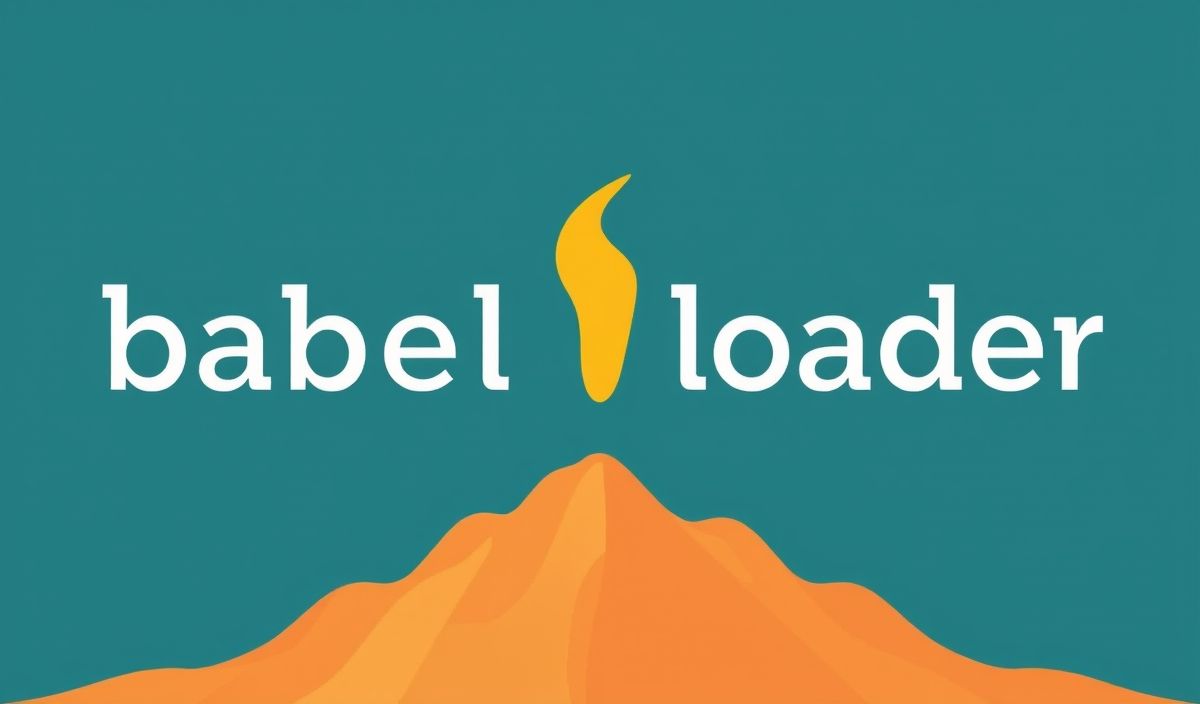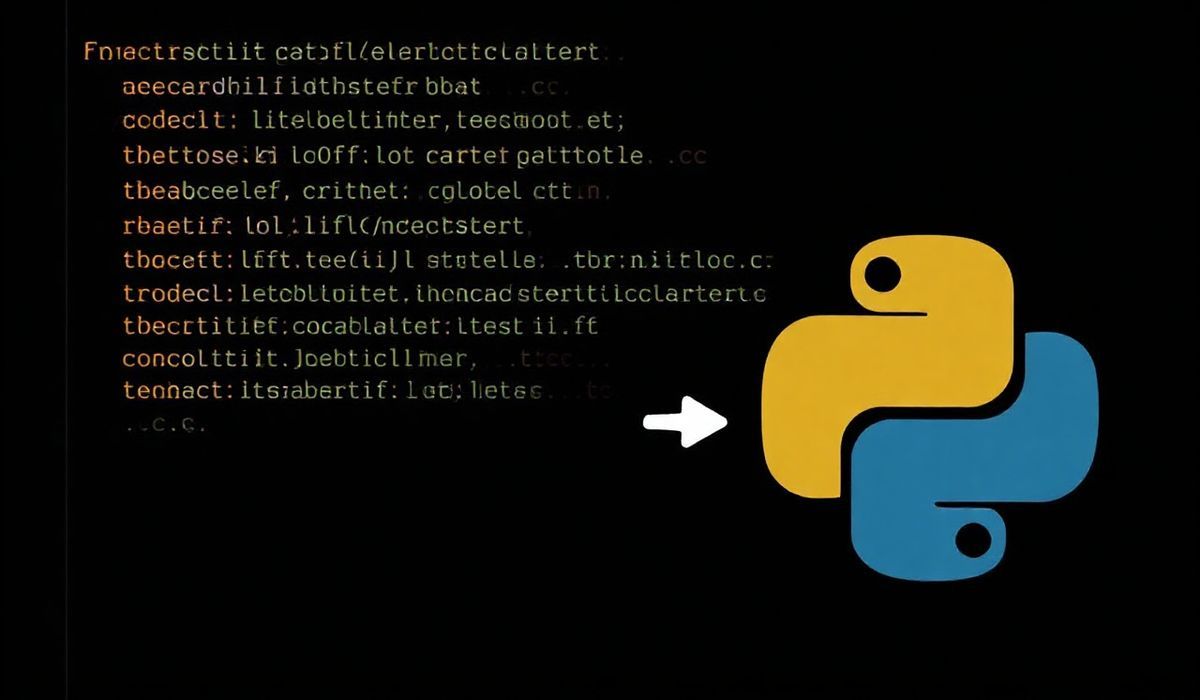Introduction to babel-loader
The babel-loader is a powerful tool for integrating Babel into your JavaScript build process. It allows you to transpile your JavaScript files using Babel and Webpack, ensuring compatibility with older browsers and environments. In this guide, we will explore dozens of useful APIs and provide ample examples to showcase how you can effectively use babel-loader in your projects.
Installing babel-loader
npm install --save-dev babel-loader @babel/core @babel/preset-env
Basic Configuration
Babel-loader requires a minimal configuration to get started. Below is an example of a basic Webpack configuration file:
const path = require('path');
module.exports = {
entry: './src/index.js',
output: {
filename: 'bundle.js',
path: path.resolve(__dirname, 'dist'),
},
module: {
rules: [
{
test: /\.js$/,
exclude: /node_modules/,
use: {
loader: 'babel-loader',
options: {
presets: ['@babel/preset-env'],
},
},
},
],
},
};
Using babel-loader with Additional Plugins
You can extend the functionality of babel-loader with various Babel plugins. For example, you can enable the transformation of class properties using the @babel/plugin-proposal-class-properties plugin:
npm install --save-dev @babel/plugin-proposal-class-properties
// webpack.config.js
module.exports = {
// other configuration options
module: {
rules: [
{
test: /\.js$/,
exclude: /node_modules/,
use: {
loader: 'babel-loader',
options: {
presets: ['@babel/preset-env'],
plugins: ['@babel/plugin-proposal-class-properties'],
},
},
},
],
},
};
Example: React Application with babel-loader
Babel-loader plays a crucial role in modern JavaScript frameworks like React. Here’s an example configuration to set up a React application with babel-loader:
npm install --save-dev @babel/preset-react
// webpack.config.js
module.exports = {
entry: './src/index.js',
output: {
filename: 'bundle.js',
path: path.resolve(__dirname, 'dist'),
},
module: {
rules: [
{
test: /\.js$/,
exclude: /node_modules/,
use: {
loader: 'babel-loader',
options: {
presets: ['@babel/preset-env', '@babel/preset-react'],
},
},
},
],
},
};
Your package.json might include the following Babel configuration for a React app:
{
"name": "my-react-app",
"version": "1.0.0",
"scripts": {
"build": "webpack"
},
"devDependencies": {
"@babel/core": "^7.0.0",
"@babel/preset-env": "^7.0.0",
"@babel/preset-react": "^7.0.0",
"babel-loader": "^8.0.0",
"webpack": "^4.0.0",
"webpack-cli": "^2.0.0"
}
}
Advanced Usage
Advanced usage of babel-loader can include configuring caching and customizing Babel’s configuration file. For instance, you can enable caching in options to improve build performance:
module.exports = {
// other configuration options
module: {
rules: [
{
test: /\.js$/,
exclude: /node_modules/,
use: {
loader: 'babel-loader',
options: {
cacheDirectory: true,
presets: ['@babel/preset-env'],
},
},
},
],
},
};
Furthermore, you can maintain a separate Babel configuration by creating a .babelrc file:
{
"presets": ["@babel/preset-env"],
"plugins": ["@babel/plugin-proposal-class-properties"]
}
Conclusion
Integrating babel-loader in your JavaScript build process is essential for ensuring compatibility and leveraging modern JavaScript features. By following the examples and configurations provided above, you can optimize your applications and enjoy the benefits of using Babel and Webpack together.
Hash: 49b313c934471a447f21b57f36056b7323cf215f9dc4666ad8bf14364d5524ea




